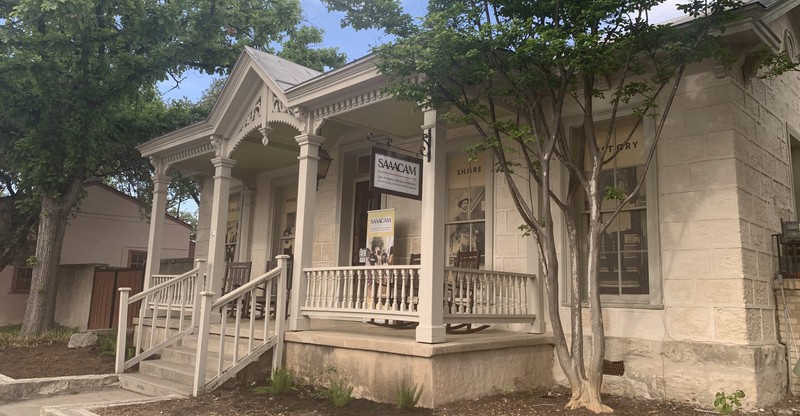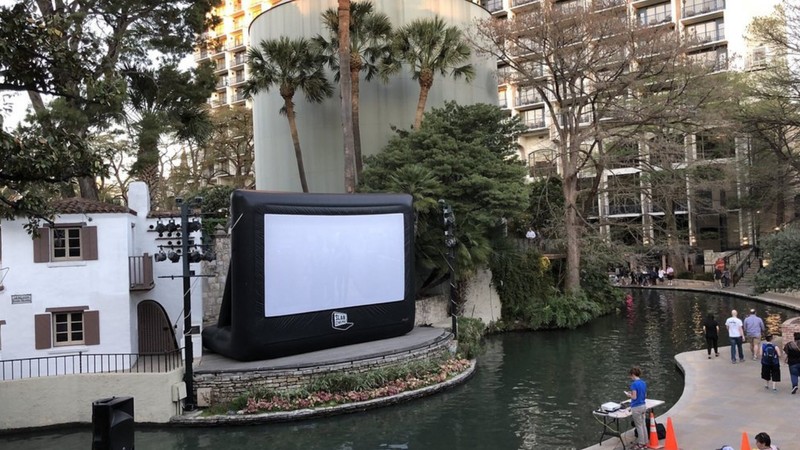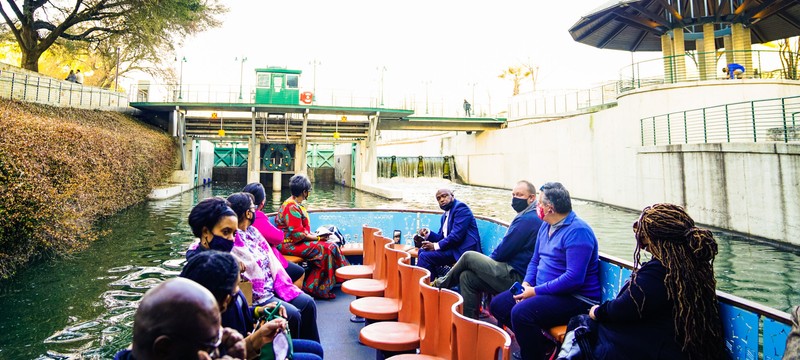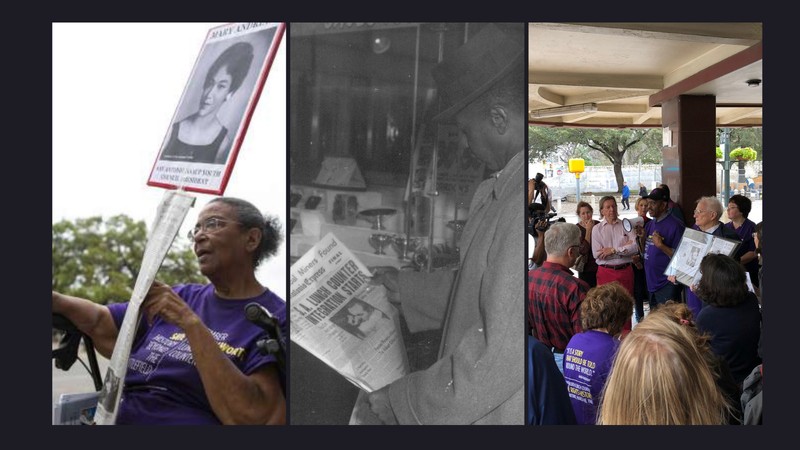San Antonio African American Community Archive and Museum
Introduction
Text-to-speech Audio
Located in the La Villita Historic Village, the San Antonio African American Community Archive and Museum (SAAACAM) was established in 2017 to preserve and promote the city's African American cultural heritage. Part of this effort is to explore the history of Spaniards, Mexicans, Germans, and Canary Islanders who lived here and whose heritage is linked to the African American community. SAAACAM's programming and initiatives include creating a digital archive of artifacts, offering pop-up exhibits, and Black history riverwalk tours.
Images
SAAACAM was established in 2017 and is located in the La Villita Historic Village.

The Black History Film Series.

The Black History River Cruise.

African American Historical Teaching.

Backstory and Context
Text-to-speech Audio
Throughout the course of Texas history and the history of the United States, the heritage and culture of African Americans has sometimes been overlooked. For decades and even centuries, African Americans have been viewed as a stepping stone in the makeup of the country and the state of Texas. The San Antonio African American Community Archive and Museum was created to shed some much-needed light on the role African Americans have played in the shaping of the city. The city of San Antonio needed a museum that would detail the specifics of the history of African Americans in San Antonio and their role in the make-up of the city.
San Antonio is a city that is predominantly Hispanic largely due to it being a major city in New Spain in 1718 when the first group of Spanish settlers arrived on the banks of the San Antonio river. During the historic battle at the Alamo during the fight for Texas independence from Mexico in the 1800s, African Americans aided in that battle siding with Davy Crockett and his troops. One African American in particular contributed in a major way during the battle at the Alamo, and the person was named Joe. Joe was a 21-year-old slave who assisted Alamo garrison commander William Barret Travis during the Battle of the Alamo. Although, most of that portion of history has been overlooked throughout so many years, the SAACAM has been able to provide people that desire to learn this history the opportunity to do so. SAAACAM offers other services that are not only specific to those of African American decent, the center also offers educational opportunities for other races of people to learn as well.
The mission for this facility is “To collect, preserve and share the cultural heritage of African Americans in the San Antonio region.” This mission is vitally important because so much of the history of African Americans in San Antonio has been intentionally forgotten. Slavery in Texas is far from forgotten or an afterthought because after all, its role in the course of Texas history helped shape the course of the state’s history as we know it.
Texas gained its independence from Mexico in 1836, it wasn’t annexed by the United States until 9 years later because it was a slave state. Although slavery was opposed by the Mexican government, slavery in Texas was accepted by the southern states. Texas was home to an excess of 5,000 slaves by the start of the Texas Revolution. Slavery in San Antonio was unlike slavery in the State of Texas because the city only held 168 slaves of the approximate 3,000 in population in the city. African American men and women that were slaves in San Antonio helped in the battle at the Alamo. African American men were used to fight in the battle but were only referred to by their first names such as Joe, Ben, or Sam. African American women were more of the helpmate, such as cooks, laundry, and fabrication engineers.
The videos that are shown in grade school are mere productions of certain events that have taken place. They are romanticized because of the vulgarity and the amount of blood that was shed at the hands of cruel, inhumane slave owners. The videos that are shown in most schools throughout the state are videos of how slaves worked fields, how they were treated as property versus human beings and how they were used to grow the economy for white slave owners. These videos also showed how slaves were brutally beaten and/or killed for defiance or trying to escape plantations. Other details in the museum demonstrate how innovative African Americans were when it came to inventing products that aided them in their work. Slaveowners often stole these ideas and passed them off as their own. African Americans were taken advantage off during these times largely in part that either they could not read or write, slave owners promised them a share off the profits and never came through with their promises, or African Americans did not have knowledge on how to promote their product.
Some of the educational opportunities at SAAACAM are, Race Ed, the Black History River Cruise, the Black History Film Series, and an Oral History Workshop. It also offers health screenings, fundraising opportunities that would allow patrons to learn about the Negro League Baseball Era and how African Americans were integrated in the Whites Only game.
Sources
Durham, Robert L. (1996) African Americans and the Fight for the Alamo.
Wilson, J. J. (2019). 50 events that shaped African American history. an encyclopedia of the American mosaic. Santa Barbara, CA
Museum of African American History. (1987). Detroit, MI: The Museum.
Fleming, John E. “African-American Museums, History, and the American Ideal.” Journal of American History 81, no. 3 (1994): 1020. https://doi.org/10.2307/2081442.
“A Guide to the San Antonio Black History Collection, 1873-2000, 2018 (Bulk 1950-1963).” University of Texas Libraries. Accessed May 14, 2021. https://legacy.lib.utexas.edu/taro/utsa/00092/utsa-00092.html.
Parmelee, Author Georgia. “African American History & Civil Rights Museums – Virtual Tours.” CoE Cares, February 11, 2021. https://sites.gatech.edu/coe-cares/2021/02/11/african-american-history-civil-rights-museums-virtual-tours/.
